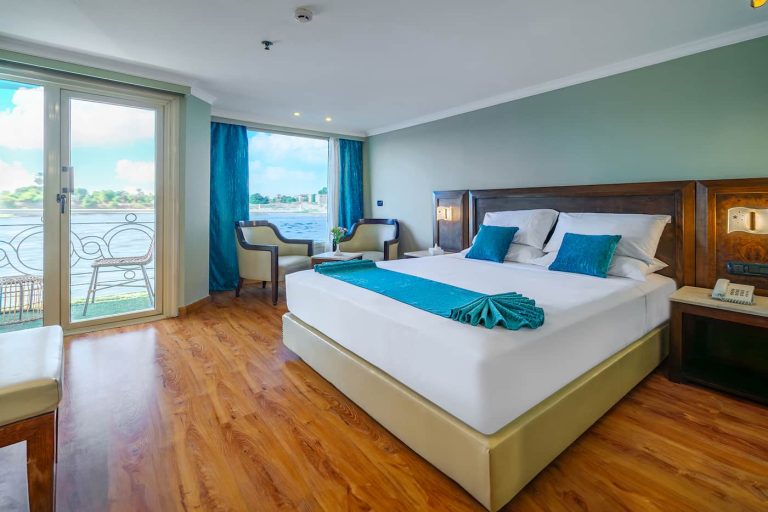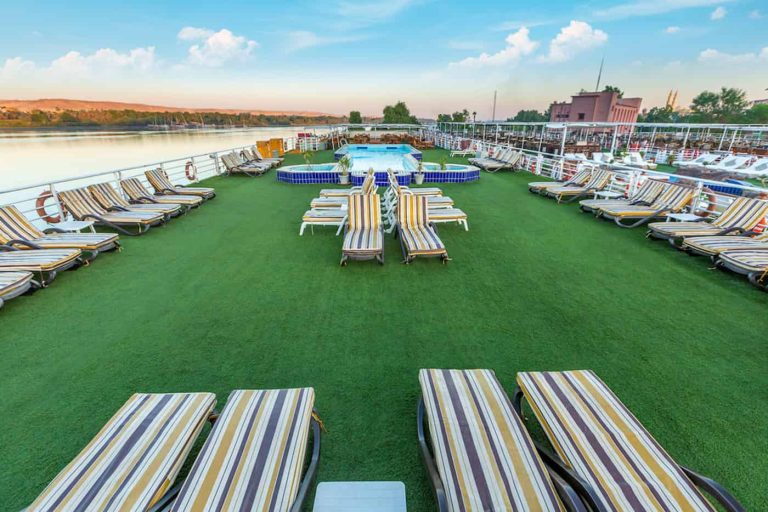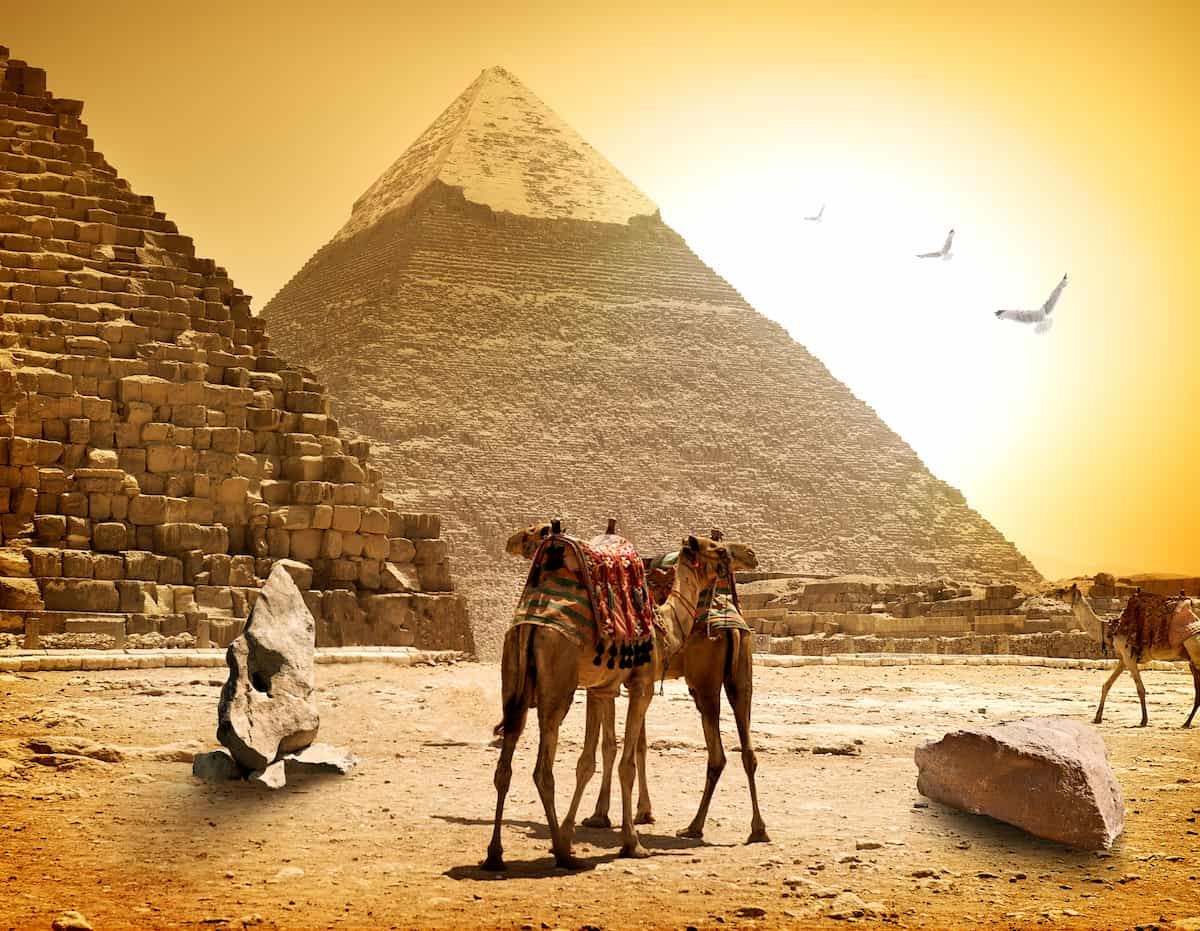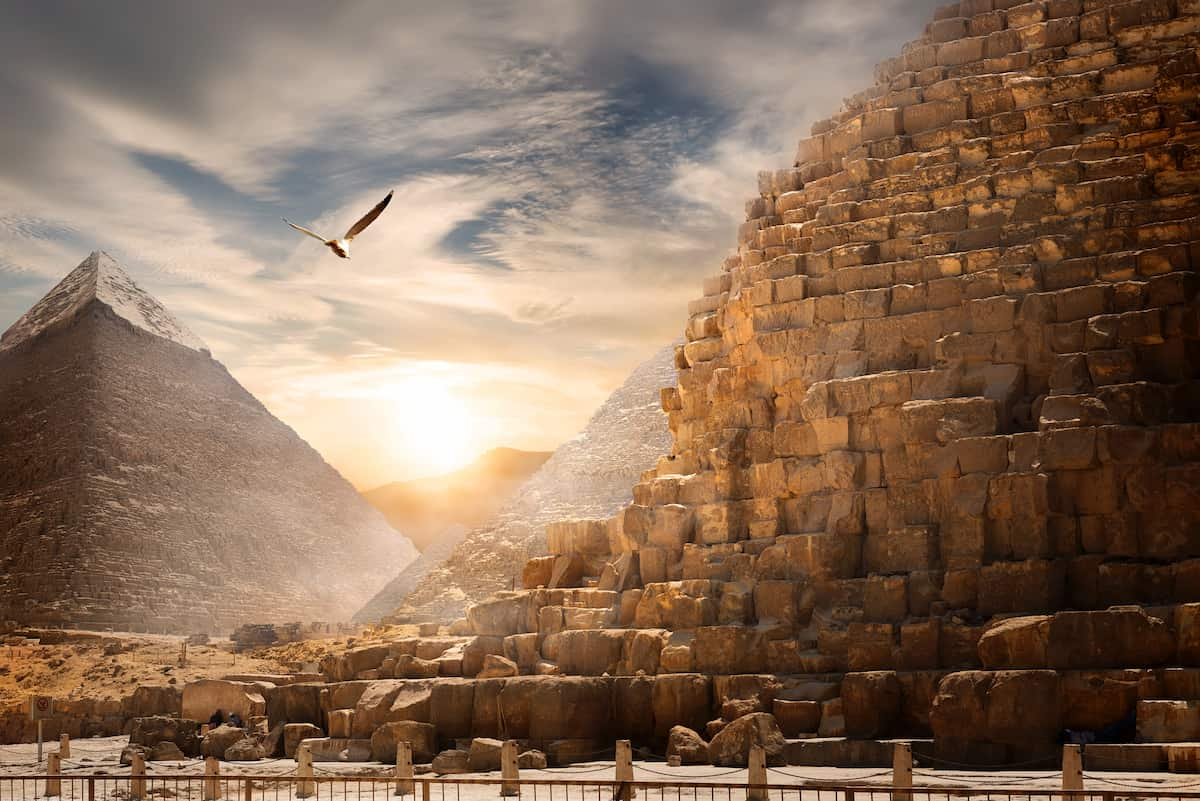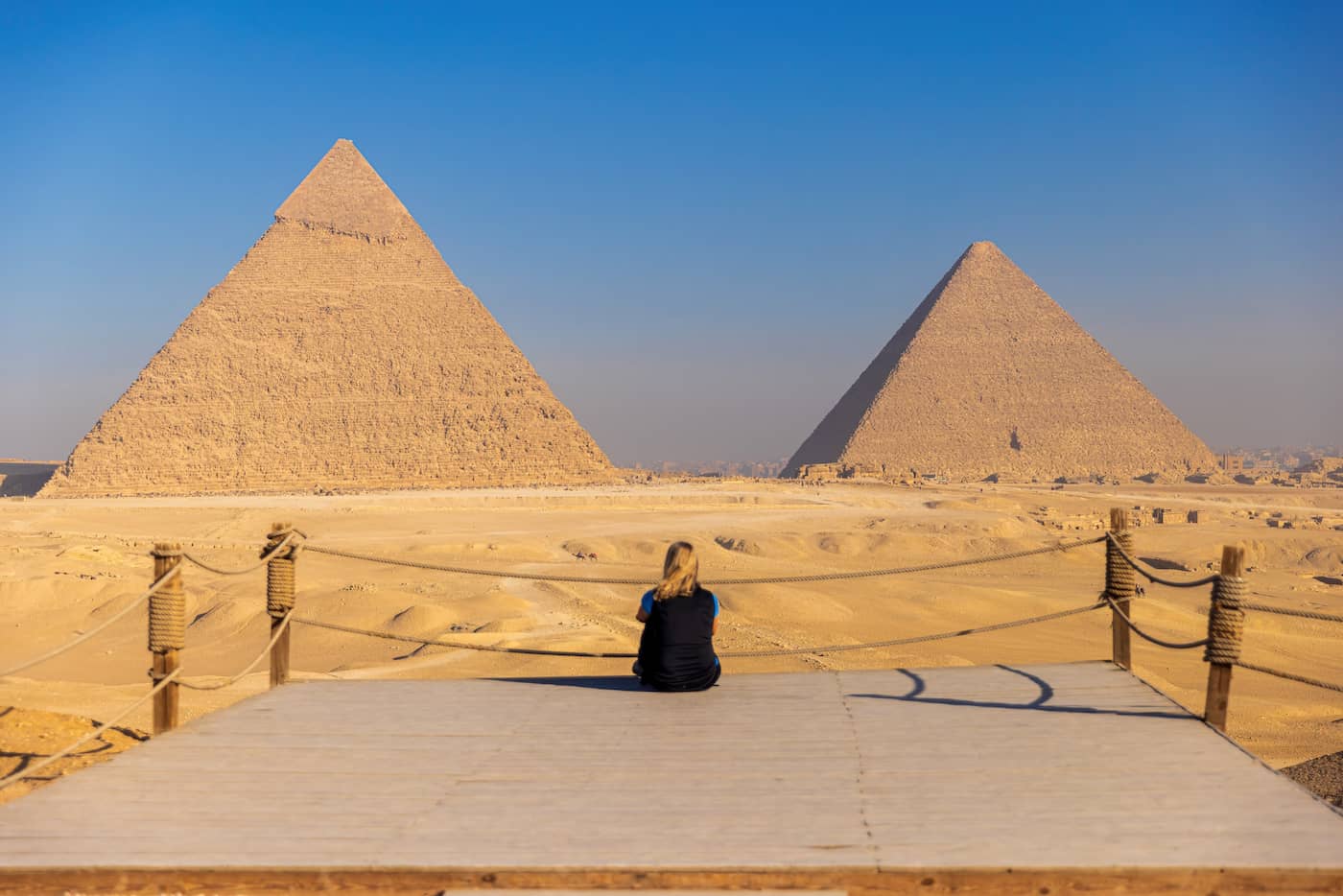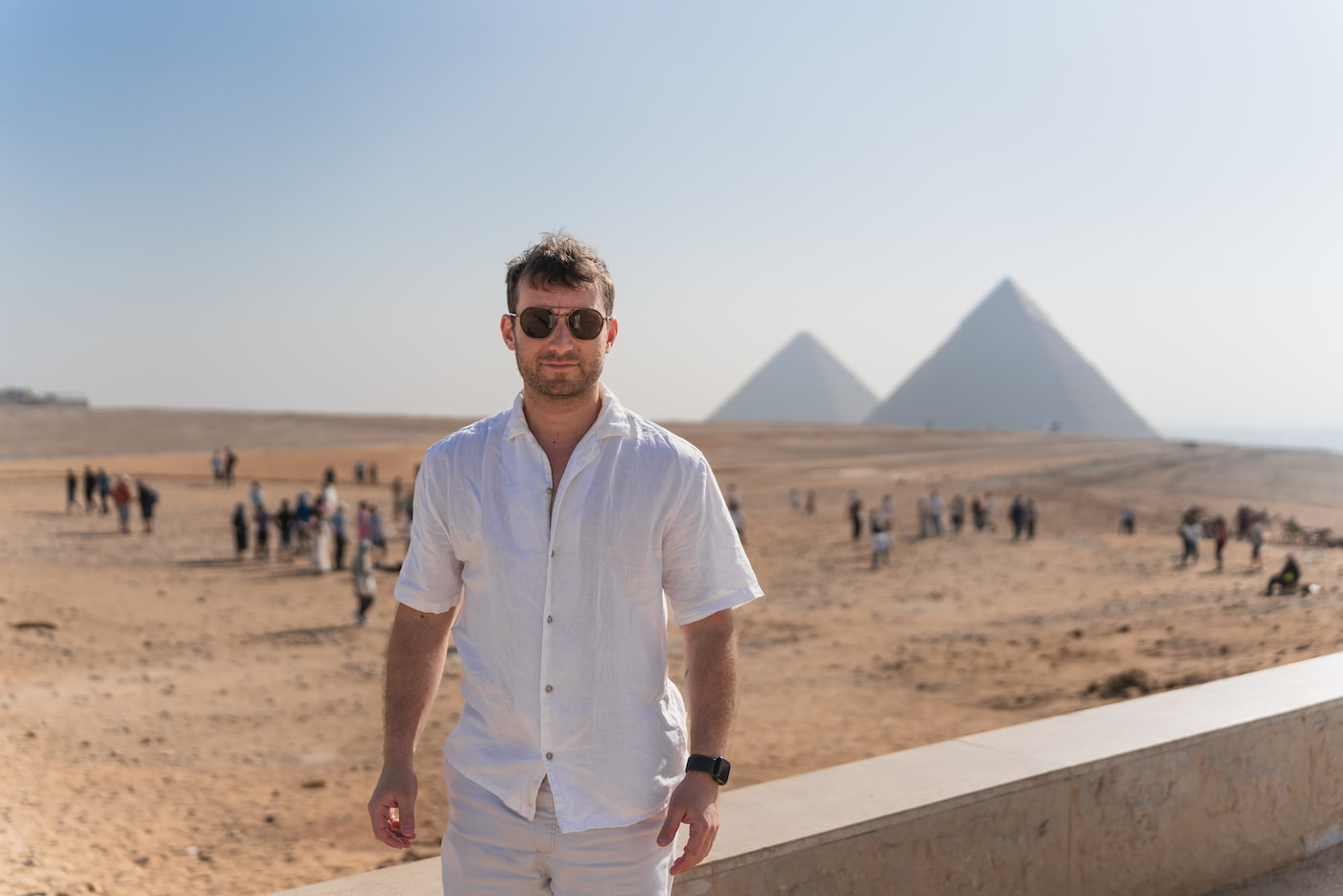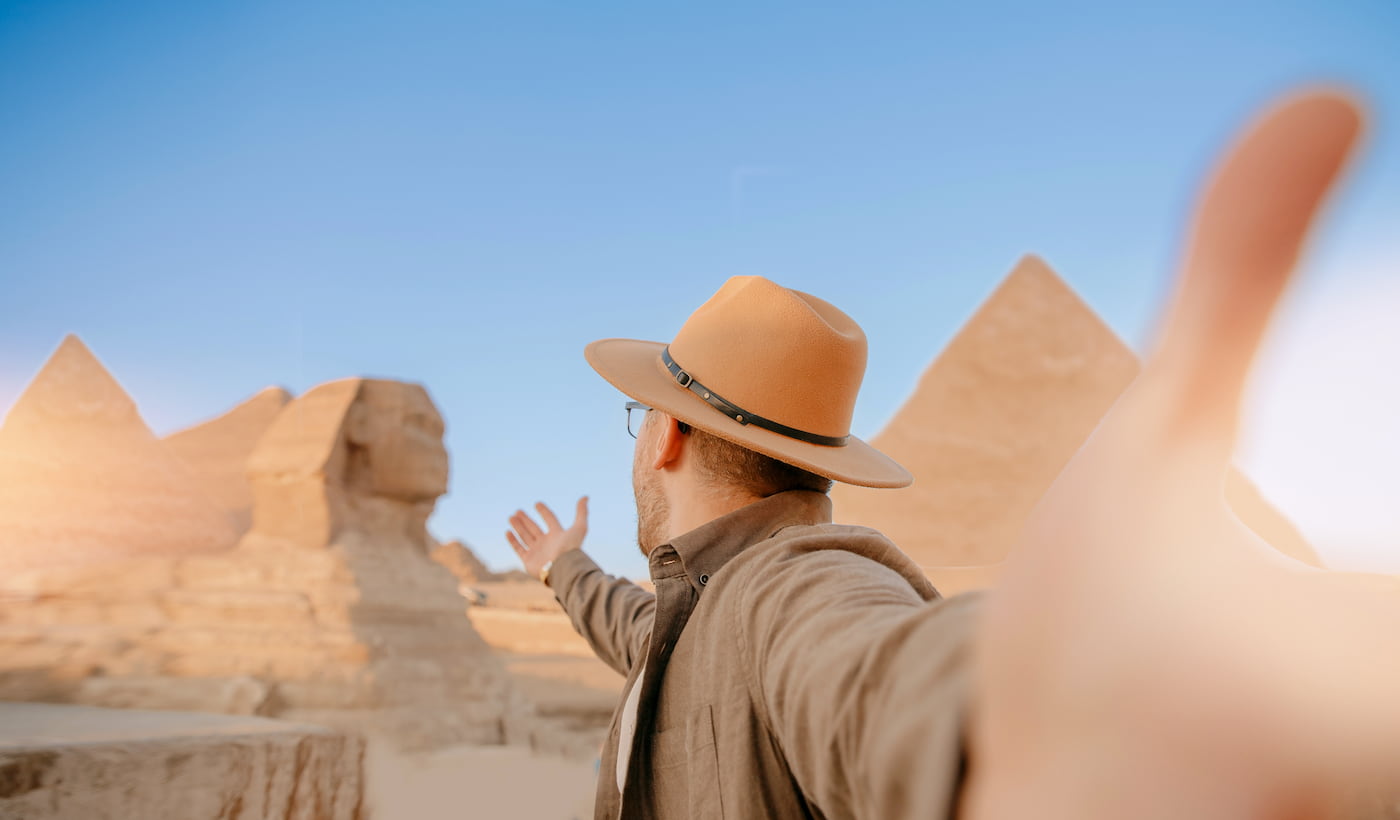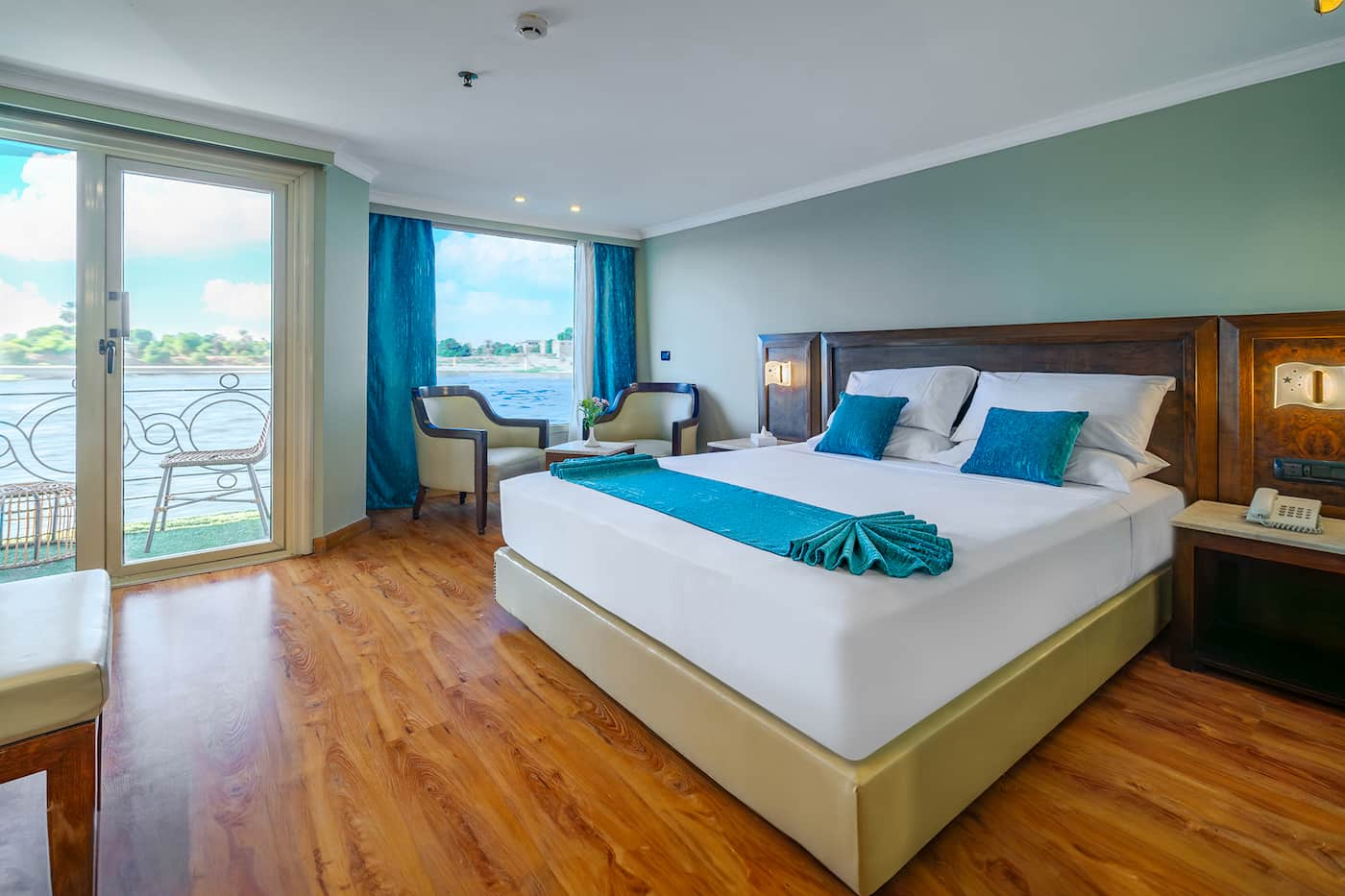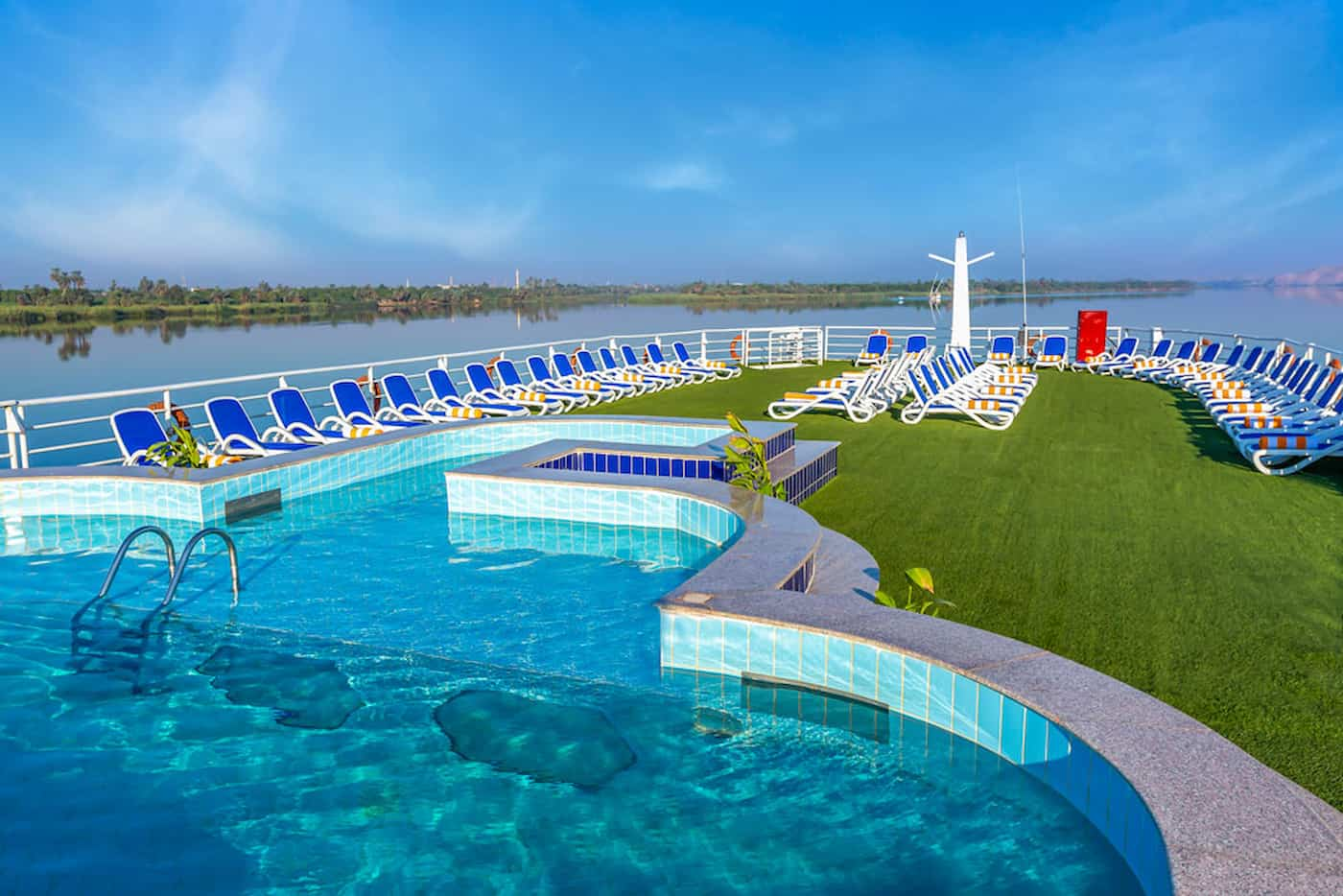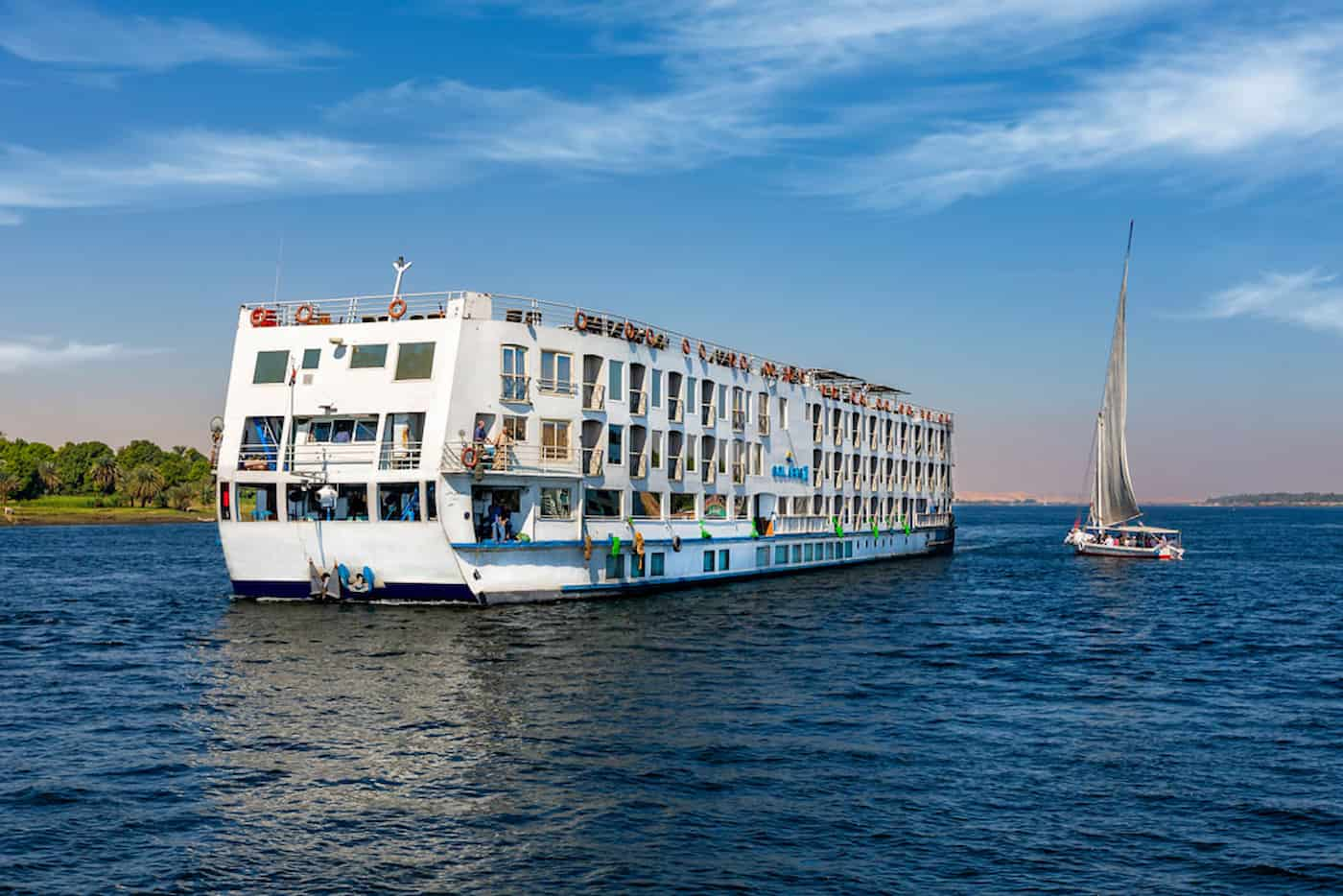The Nile River Facts, Meaning, and Sources
Undoubtedly, the Nile River travels more than 4,100 miles (6,600 kilometers) before it reaches the Mediterranean. The river is serving as an irrigation source for the surrounding fertile land for thousands of years. The R Nile’s historical roles as a conduit for irrigation and commerce continue to this day.

What is the Nile River Meaning?
In Arabic, the Nile River is referred to as Bahr Al-Nil or Nahr Al-Nil. It is the world’s longest river and it is referres to as the “father” of Africa’s rivers. It originates in the southern hemisphere, makes its way across the northern part of Africa, and finally, empties into the Mediterranean Sea. Lengthwise, it’s about 4,132 miles (6,650 km), and it drains an area of around 1,293,000 square miles (3,349,000 square kilometers). Its valley consists of the countries of Tanzania, Burundi, Rwanda, the Democratic Republic of the Congo, Kenya, Uganda, South Sudan, Ethiopia, Sudan, and Egypt’s arable land. The Kagera River in Burundi is its farthest originating point.
The Nile River History
The Greek word for Nile valley is Helios, from which the modern name Nile derives. The R Nile floods its banks annually in late summer, depositing rich, dark sediment from the Horn of Africa in Egypt. The ancient Egyptians called this region Ar or Aur, meaning “black.” The influx of water and nutrients made The Nile Valley transform into fertile farmland, allowing Egyptian civilization to flourish in the middle of a desert.

The R Nile’s waters were essential for the growth of one of the world’s earliest advanced societies, and the Greek historian Herodotus described the ancient Egyptians‘ land as “given them by the river.
The Ancient Egyptian Calendar
In fact, the ancient Egyptians set the start of the year to coincide with the first month of the Nile’s flooding because the river was so central to their culture. As a deity of floods and fertility, the Egyptians worshipped Happy, who looked like a rotund man with blue or green skin.
The R Nile Location
Moving from south to north, the R Nile cuts across eastern Africa. One of the world’s longest rivers, it begins in the rivers that feed into Lake Victoria (now in modern-day Uganda, Tanzania, and Kenya) and flows northward to the Mediterranean Sea, a distance of more than 6,600 kilometers (4,100 miles). It was very important to ancient Egypt’s progress, Nine other African countries, Burundi, Tanzania, Rwanda, the Democratic Republic of the Congo, Kenya, Uganda, Sudan, Ethiopia, and South Sudan, share the R Nile’s route, either, entirely or partially. The White Nile, the Blue Nile, and the Atbara are its primary branches.

The Source of the Nile River
The Jinja district is the Source of the River and the beginning of the Nile. Speke, the first European explorer, found the source of the Nile River, the world’s longest river. Its drainage basin includes eleven different countries, including Tanzania, Uganda, Rwanda, Burundi, Congo-Kinshasa, Kenya, Ethiopia, Eritrea, South Sudan, Sudan, and Egypt, making it officially considered an “international” river. Egypt and Sudan rely heavily on the Nile River for their water supply. The White Nile and the Blue Nile are two important branches that flow into the Nile.

Blue and White Niles
Some believe the White Nile to be the river’s origin and primary channel. However, most of the water and sandy clay come from the Blue Nile. The White Nile is much longer and has its origins in central Africa’s Great Lakes region; its farthest source is currently unknown but is thought to be in either Rwanda or Burundi. The Tanzanian, Ugandan, Ugandan, and South Sudanese portions of the river all meet up as it makes its way north
Egypt the Gift of the Nile River
In fact, Egypt is known as the “Gift of the Nile” because the river is the country’s main source of water and life. Egypt’s Nile River is what prevented the country from becoming a desert. Many ancient civilizations developed in the Nile Valley because the river provided water for farming in Egypt. Due to the lack of precipitation, Egypt relies on the Nile’s flooding to provide the necessary moisture for crop production.
Herodotus Quote
The vast majority of Egypt’s landmass is desert, punctuated by oases; as a result, the Nile is Egypt’s primary source of potable water. The Greek historian Herodotus gave the area the moniker “the Gift of River Nile” because the Nile was so crucial to Ancient Egypt’s survival. The annual flooding of the river, which left silt in the area, was essential to the kingdom’s economy. Since the Egyptians were able to harvest three times per year thanks to the sediment.

Ancient Egyptians revered the Nile as a divine gift. Definitely, They considered its water to be essential to life and planned their days around its ebbs and flows. The Nile’s flood, agricultural, and harvest seasons formed the basis of the Egyptian calendar.
In fact, The R Nile contributed largely to the birth of civilization in Ancient Egypt. Due to the desert’s protection and the Nile’s ability to sustain life, Egypt was able to develop from a simple agricultural society into a sophisticated one.
Dams on the R Nile Valley and Barrages
Building a series of diversion dams (barrages or weirs) across the Nile at the head of the delta, roughly 12 miles downstream from Cairo, in 1843 to raise the water level upriver to supply the irrigation canals and regulate navigation. It wasn’t until 1861 that the last part of this delta barrage system was put in place; after that, modern irrigation in the Nile valley really came alive.
In addition to, the Zifta Barrage in 1901. More than two hundred kilometers upriver from Cairo, the Asyut Barrage established in 1902. After that, in 1909, the barrage at Isna (Esna) appeared, and the barrage at Naj Hammadi in 1930.

This first Aswan dam (High Dam) constructed between 1899 and 1902 and features four locks for ship passage. From 1908 to 1911 and again from 1929 to 1934, the dam was enlarged. It also has a hydroelectric plant that can generate 345 MW of power. About 600 miles upriver from Cairo and 4 miles upstream from the original Aswan dam is where the Aswan High Dam stands. Situated where the river is 1,800 feet wide and surrounded by pure granite cliffs, this is a fitting location for such a structure.
Nile River Transportation System
In fact, the Ancient Egyptians were not the first to use the Nile for trade and transportation, the river has been in use for thousands of years.
The ancient Egyptian boat had a tall bow and stern with cabins on both ends. The simplest boat in ancient Egypt was the skiff. A skiff is a useful vessel for short trips, fishing, and hunting in the marshes.
Now, it’s everyone uses it from locals to tourists as a means of transportation and as a place to visit. Long-distance land travel is extremely unusual prior to the advent of the steam engine in the 19th century. It was possible to travel long and short distances with the help of the magnificent River Nile.
Although the vessels have become more modern, the river remains a fast and convenient mode of transportation for the millions of people who live in Nile River Basin countries such as Uganda.
The Most Interesting Facts about the R Nile
- Everyone knows that the Nile, which rises in Egypt and runs across Africa to the northeast, is the longest river in the world. Some claim that the Amazon River in South America is longer; hence, the question remains unanswered.
- The Nile is most commonly associated with Egypt, but it actually runs through 11 others: Tanzania, Uganda, the Democratic Republic of the Congo, Rwanda, Burundi, Ethiopia, Kenya, Eritrea, South Sudan, Sudan, and Egypt.
- The Nile is the confluence of two major tributaries. Both the White Nile and the Blue Nile are tributaries of the Nile, but the former begins in South Sudan and the latter in Ethiopia.
- Historically, the Nile was vital to human survival. Around 5,000 years ago, the Nile was essential to the Ancient Egyptians‘ daily lives, providing them with water, food, and a means of transportation. It also gave them access to agricultural land.
- Such an incredible river is a cause for celebration. The Egyptians sure think so! Each year in August, they have a two-week holiday called ‘Wafaa an-Nil’ to celebrate the ancient flooding of the Nile, an important natural event that allowed their civilization to grow!
- Nevertheless, the Nile does not often flood any longer. Because of, the Aswan High Dam construction back in 1970. This enormous dam regulates the river’s flow to power plants, irrigate crops, and supply residents with potable water.
Here are some of The Amazing Nile River Activities!
- A river cruise takes you down Egypt’s ancient waters and lifeblood.
- Seeing the incredible historical and archaeological sites along the Nile’s banks like never before!
- Taking amazing pictures of the Egyptian landscape and traditional village life.
- Visiting surrounding villages and learning about new customs and cultures
- While sipping a cold drink in the shade of your Nile Cruise‘s desk, a light breeze cools you down as the cruise liner glides forward.


